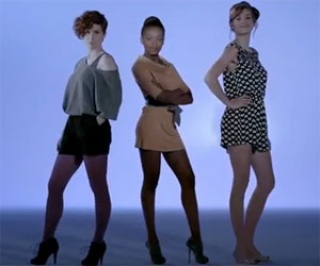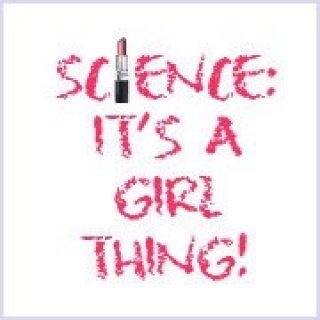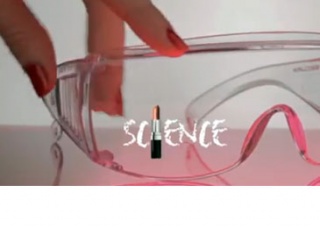Marketing
Science, it’s a Common Thing.

Indeed, science is, inter alia, a girl thing. But that should not be advertized in such a cheap way.
The European Commission recently put forward a campaign "Science, It's a Girl Thing" that fosters increase of women in research and innovation. It addresses a gender imbalance in scientific studies and institutions. The campaign's site presents the data which disclose that girls do as well as boys in science and maths at school but many more boys go on to further study science, technology and engineering. It furthermore invigorates girls’ ideas, inspiration and passion into science.
Well, idea is not ungrounded, since there is an evident surplus of interest for humanistic disciplines among youth when it comes to studying in all developed countries. On the top of this, women are lagging behind their male colleagues in laboratories, IT institutions, research centres. Unlike Harvard professor Larry Summers’ scary suggestion put forward back in 2005 on innate differences between males and females that explain why relatively few women become professional scientists or engineers, I believe that girls’ opting for humanities rather for hard science disciplines is socially determined. The choice for feminine-like professions is being cultivated into girls’ minds through socialization and education, both at home and in schools. In churches just as much through media. Therefore, the aim of the campaign is definitely noble, but the means to achieve set ends are completely failed.
What drew my attention to this campaign is a very tacky video clip, a teaser, in which females are presented in stereotypical and indeed discriminatory way. It shows three young women wearing high heels and short skirts, giggling and cat walking while being checked out by a male scientist. One commentary by Carin Bondar describes the video as having “plenty of pink, plenty of makeup, plenty of sexual innuendo”. She asserts that the power of the feminine mystique is not actually used (or accepted) in the scientific environment.
Although one could hardly guess so without knowing its title, the video was aimed at making science appealing to young women but things had not gone as planned. One web site labelled it as “patronising video of the day”. Tim Worstall, contributor in Forbes magazine, asked (like as many others) if this is a missed way of spending taxpayers’ money while the economy of the continent of Europe is falling apart.
Rhitu Chatterjee, who is a science reporter for several renowned media, discussed the video’s impact, claiming such a video can even repel the girls from getting into science:
The video caused a massive dissatisfaction and condemnation of the audience, particularly among female scientists. I, myself, commented in one facebook page that shared the video, disagreeing this should be the way how to attract more females into scientific institutions. Science is not fashion to be promoted in this cheap way, appealing to the basest instincts.
Yesterday I saw the teaser at my friend’s facebook page and shared it at mine, but surprisingly, already today, when I decided to write about the video, I realised it has been removed. However, here it is, I managed to find it. Such a video, selling science in a way that is beyond doubt more suitable for advertisement of a make-up product and as “Sex and the City” trailer, obviously must had caused a furious reaction in the scientific community.
The campaign has it official web site as well as the facebook page. Reactions of the public posted on facebook profile clearly condemn the style and methods pursued.

For example, the lipstick as a marketing symbol of the campaign, which is still part of the project’s facebook page, has been attacked by several people. One of them rightly claim that

Here are couple of other facebook users commented on the disputed commercial:
We need more campaigns about science, but how about something that actually shows its appeal and importance for the whole society, for a change?”
A concrete response video was soon created, ironical video called “The Un-Official response to the Official teaser Science: It's a Girl Thing!”, criticizes the whole EU funded project and the content it has put forward.
Indeed, science is, inter alia, a girl thing. But that should not be advertised in such a cheap way and therefore I am particularly glad the public spur urged the European Commission’s staff to withdraw the video.
Post je objavljen 23.06.2012. u 10:46 sati.